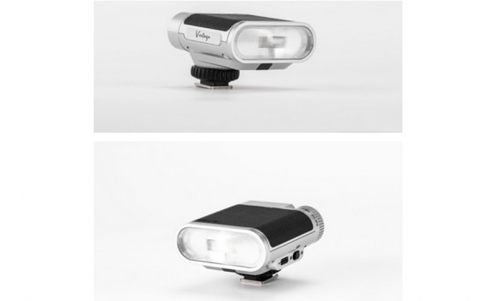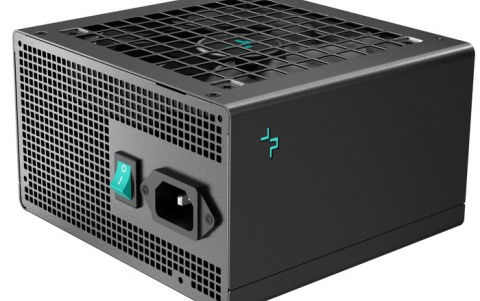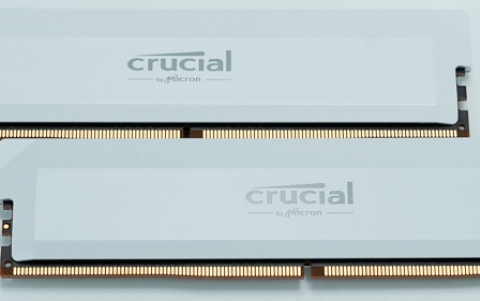
Toshiba Develops First 16-die Stacked NAND Flash Memory with TSV Technology
Toshiba has developed the first 16-die (max.) stacked NAND flash memory utilizing Through Silicon Via (TSV) technology. The prototype will be shown at Flash Memory Summit 2015, to be held from August 11 to 13 in Santa Clara, USA.
The prior art of stacked NAND flash memories are connected together with wire bonding in a package. TSV technology instead utilizes the vertical electrodes and vias to pass through the silicon dies for the connection. This enables high speed data input and output, and reduces power consumption.
 Toshiba?s TSV technology achieves an I/O data rate of over 1Gbps which is higher than any other NAND flash memories with a low voltage supply: 1.8V to the core circuits and 1.2V to the I/O circuits and approximately 50% power reduction of write operations, read operations, and I/O data transfers.
Toshiba?s TSV technology achieves an I/O data rate of over 1Gbps which is higher than any other NAND flash memories with a low voltage supply: 1.8V to the core circuits and 1.2V to the I/O circuits and approximately 50% power reduction of write operations, read operations, and I/O data transfers.
This new NAND flash memory provides the ideal solution for low latency, high bandwidth and high IOPS/Watt in flash storage applications, including high-end enterprise SSD.
 Toshiba?s TSV technology achieves an I/O data rate of over 1Gbps which is higher than any other NAND flash memories with a low voltage supply: 1.8V to the core circuits and 1.2V to the I/O circuits and approximately 50% power reduction of write operations, read operations, and I/O data transfers.
Toshiba?s TSV technology achieves an I/O data rate of over 1Gbps which is higher than any other NAND flash memories with a low voltage supply: 1.8V to the core circuits and 1.2V to the I/O circuits and approximately 50% power reduction of write operations, read operations, and I/O data transfers.This new NAND flash memory provides the ideal solution for low latency, high bandwidth and high IOPS/Watt in flash storage applications, including high-end enterprise SSD.
A part of this applied technology was developed by the New Energy and Industrial Technology Development Organization (NEDO).
General Specifications
- Package Type: NAND Dual x8 BGA-152
- Storage Capacity: 128 GB, 256 GB
- Number of Stacks: 8, 16
- External Dimensions: W 14 mm x D 18 mm x H 1.35 mm / 1.90 mm (256 GB version)
- Interface: Toggle DDR





















